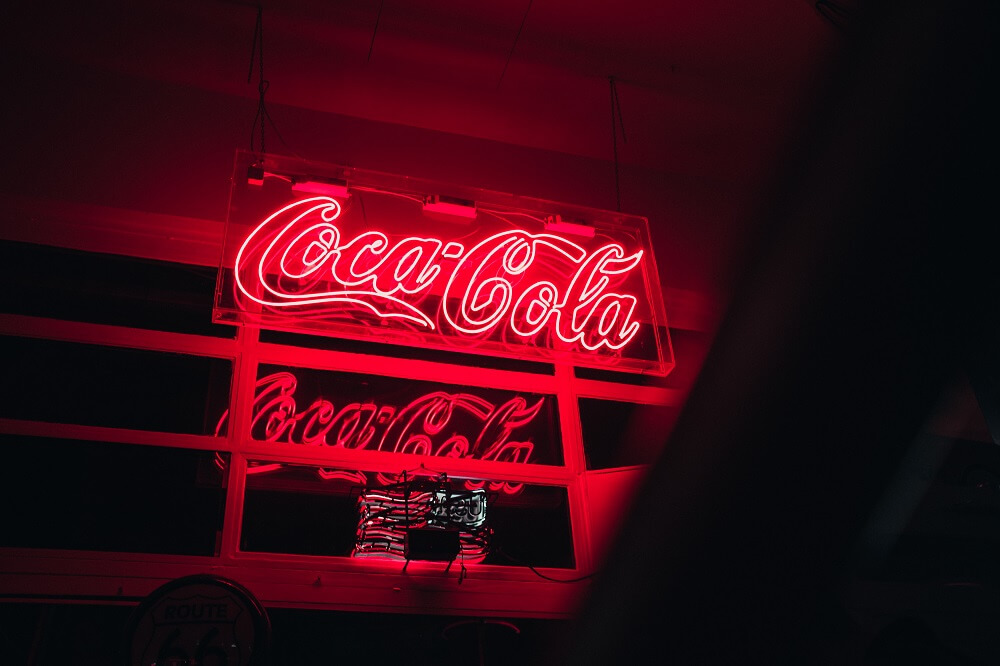
Important ruling on product placement in Spanish TV shows
The Spanish National Competition Authority (“CNMC”) dossier opened in 2017 into Antena 3’s use of Coca Cola products in ‘a national TV series’ comes to an end as the Spanish Court delivers an important ruling on product placement in Spanish TV series’.
In February 2017, the CNMC opened a dossier into the Antena 3 Velvet TV series alleging that Antena 3 had “improperly emitted product placement“.
Typically, product placement is used as an advertising technique where a corporate sponsor’s product, brand or message is incorporated on screen or within the narrative of a program (i.e. shown, quoted or used by the actors). This particular advertising technique is generally used in audiovisual media such as television programs and series, soap operas, music videos, movies and video games, among others. This formula became popular in the 1980s, and has become an increasingly important source of finance for producers as brands are willing to pay for such exposure.
Two years after the opening of the dossier, and after having transferred the case to the ordinary justice system, the National High Court has ruled in favour of Antena 3, rejecting the CNMC’s complaint in which it accused Antena 3 of an infraction of “undue prominence” due to the appearance of Coca-Cola bottles in three of the 24 chapters analysed in the series.
In its ruling, the National High Court reasoned that:
“Despite the constant presence of Coca-Cola bottles throughout the series, it is not a prohibited location to appear in scenes where it is expected to find them: those that take place in bars, next to other drinks or even in workplaces (executive offices or sewing workshops), in which the treatment of the scene does not take on an undue prominence or when the presence on screen is secondary and does not continue”.
On the other hand, “undue prominence is considered to occur when the product or service is displayed recurrently, either by the duration of the images or by their processing. If the images highlight the product or show it in an excessive way without it being necessary, the product or the trademark in question becomes well-known, which can be described as abusive“.
This ruling creates a turning point in Spanish case law by setting an important precedent for all fictional products.








